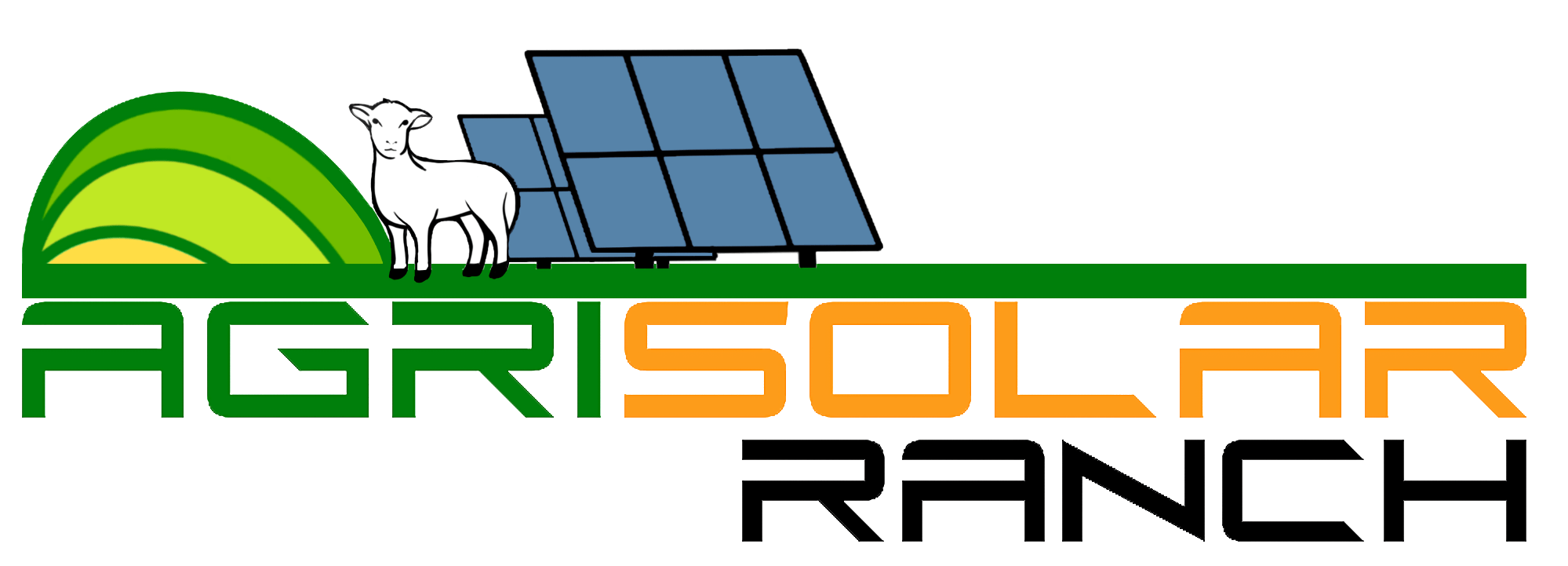Research from the National Renewable Energy Laboratory (NREL) demonstrates how utility-scale solar projects can enhance both biodiversity and soil health. At solar sites in Minnesota, planting pollinator-friendly native vegetation beneath and around solar panels restored prairie ecosystems, supporting vital pollinators like bees and butterflies. These habitats not only provided food and shelter for wildlife but also improved soil conditions by increasing organic matter, reducing erosion, and enhancing water retention.
The study also found that native vegetation could regulate temperatures around the solar infrastructure, reducing panel heat and creating microclimates beneficial for plant growth. However, this cooling effect did not always lead to higher electricity generation, emphasizing the need for site-specific strategies when integrating ecological practices into solar fields.
This research underscores the importance of long-term studies to optimize the balance between renewable energy production and environmental stewardship. Learn more here
